 Happily This Christmas by Susan Mallery
Happily This Christmas by Susan Mallery Format: eARC
Source: supplied by publisher via Edelweiss
Formats available: hardcover, paperback, ebook, audiobook
Genres: contemporary romance, holiday romance, women's fiction
Series: Happily Inc #6
Pages: 336
Published by Hqn on September 29, 2020
Purchasing Info: Author's Website, Publisher's Website, Amazon, Barnes & Noble, Kobo, Bookshop.org
Goodreads
Susan Mallery, the #1 New York Times bestselling author of the Fool’s Gold romances, proves there’s no place like Happily Inc for the holidays…
There’s no place like Happily Inc for the holidays…
Wynn Beauchene has a thriving business, a great kid and a mildly embarrassing crush on the guy next door—local cop Garrick McCabe. She’s a strong, independent woman who can’t help dreaming what-if about a man she barely knows. Until he needs her help…
Garrick’s pregnant daughter will be home for Christmas, and his house needs a woman’s touch. Garrick and his little girl were tight once and he’s hoping a small-town Christmas will bring her back to him. But thawing his daughter’s frosty attitude will take more than a few twinkle lights. Maybe sharing the holiday with Wynn and her son will remind her of the joy of family.
As the season works its magic on these wounded souls, Wynn realizes it’s time to stop punishing herself for a painful secret, while Garrick remains haunted by the ghosts of past mistakes. Will he allow Wynn to open the only gift she truly wants—his heart?
Read more in the reader-favorite Happily Inc series:Book 1: You Say It FirstBook 2: Second Chance GirlBook 3: Why Not TonightBook 4: Not Quite Over YouBook 5: Meant to Be YoursBook 6: Happily This Christmas
My Review:
I decided I wanted a happier book in the middle of this week, and it doesn’t get much happier than a trip to Happily, Inc., the little town that makes big wedding dreams come true.
But the situation that opens Happily this Christmas isn’t all that happy. And as much as Garrick McCabe wants it to change, he’s far from sure that it can. Not that he isn’t going to try his level best to make it happen.
His 21-year-old, 8-months pregnant daughter is coming to stay with him in Happily for a few weeks before Christmas, when her baby is due to be born and her husband is scheduled to return from his military deployment in Afghanistan.
Hopefully not in that order.
Garrick’s daughter Joylyn used to be his best girl, his buddy, his partner in crime and the light of his life. And those feelings used to be mutual. But somewhere in the middle of her teenage years Joylyn withdrew from him. Completely, utterly and extremely bitchily into the bargain.
He’s sure he must have done something wrong – but he doesn’t know what that something was. Joylyn refuses to tell him. She also refuses to act like a decent human being in his presence.
This visit is a chance to make things right. Of course, it could also cement the estrangement in stone.
But Garrick has a secret weapon. He enlists the help of his next door neighbor, the single-mother, business-owner and generally put-together Wynn Beauchene to help him welcome Joylyn to Happily and get her visit off to the best start possible.
Only to find himself charmed by Wynn – a feeling that is definitely mutual.
It’s a good thing that Garrick has Wynn and her teenaged son Hunter in his corner, giving Joylyn people to meet, things to do and something to think about besides missing her husband, brooding over her mistakes and continuing to treat her completely confused Dad like he’s the scum of the earth.
Which he definitely isn’t.
Joylyn has a chance to make things right, if only she’s willing to take it. Garrick and Wynn have a chance at the happy ending neither of them ever managed to have – if they’re willing to take a chance on each other – and give themselves a second chance at not just love, but life itself.
 Escape Rating B+: I was definitely in the mood for a happy book this week. I’ve read nearly all of the Happily series and really enjoyed them. The portrait of the wedding destination town, all the people who are part of the town’s primary industry, and everything that goes into pulling off those dream weddings has always been good for a smile or ten, along with the HEAs of the individual characters in each book.
Escape Rating B+: I was definitely in the mood for a happy book this week. I’ve read nearly all of the Happily series and really enjoyed them. The portrait of the wedding destination town, all the people who are part of the town’s primary industry, and everything that goes into pulling off those dream weddings has always been good for a smile or ten, along with the HEAs of the individual characters in each book.
So I fell into Happily this Christmas pretty quickly, even if I’m having a hard time wrapping my mind around holiday romances this early in the year. On my other hand, perhaps wishing the rest of this year away is the best idea in the universe. 2020 has been pretty epic on the awful scale.
But this one wasn’t quite as happy as I was expecting. It was fascinating, but not happy. Because for the first half of the story, Joylyn feels like the main character and she is frankly a bitch. And it feels like that’s all on her.
As the story evolves, it turns out it isn’t ALL on her, but a lot of it is. Her reasons for cutting her dad out of her life are only partly her fault. And her current levels of extreme bitchiness are, while not excused, at least understandable as she’s extremely pregnant, her husband is deployed and quite honestly she’s scared about being a new mother.
But she’s also a spoiled, privileged little princess taking all of her problems out on everyone around her. When Wynn contrasts her own young motherhood, single, completely alone and utterly broke but still gamely trying to keep it together, that privilege becomes pretty clear and Joylyn starts to get over herself a bit.
Then the town, through Wynn and all of her friends, starts to take Joylyn to their hearts and her attitude finally gets better. She starts to grow up – and did she ever need to!
For a lot of the story, Joylyn and her issues overshadow the budding romance between Garrick and Wynn. But that’s also part of the story, as between Joylyn, Wynn’s son Hunter, all the holiday preparations and planning for both Thanksgiving AND Xmas, and the circle of friends and family-of-choice that Wynn gets Joylyn involved in, there are a lot of people around ALL of the time, and a lot of busy that needs to be worked through and handled.
While that handling is something that Wynn is very good at, the whole thing turns into the kind of three-ring circus that keeps its central participants, in this case Garrick and Wynn, so busy that they have enough time to acknowledge their attraction to each other, plenty of need to spend time together dealing with stuff, but not a lot of time just being together without at least part of the crowd to see if they have what it takes to turn that attraction into a real relationship.
Of course they do, but it nearly takes a village to help them figure it out.
So this entry in the series was bigger on the family and friendship aspects of living in Happily than it was the romance, but it was still – as always – a lovely read.

 At the Clearest Sensation (ShadowForce: Psi #4) by
At the Clearest Sensation (ShadowForce: Psi #4) by  But At the Clearest Sensation definitely wraps up the story of this very “special” group. A story that began last summer with
But At the Clearest Sensation definitely wraps up the story of this very “special” group. A story that began last summer with  But Devlin, the one person whose emotions Isobel can’t read, is able to read Isobel and her team like a book. His “school of hard knocks” education allows him to observe all the little “tells” that reveal that Isobel and her team are something just a bit outside the ordinary.
But Devlin, the one person whose emotions Isobel can’t read, is able to read Isobel and her team like a book. His “school of hard knocks” education allows him to observe all the little “tells” that reveal that Isobel and her team are something just a bit outside the ordinary. As someone who lived in Seattle for a few years, the way that the characters toured so much of the city while scouting locations for the film shoot read like the place I knew – although I’m grateful I moved away just before the demolition of the old Alaskan Way Viaduct began. Which created a traffic nightmare while it was going on.
As someone who lived in Seattle for a few years, the way that the characters toured so much of the city while scouting locations for the film shoot read like the place I knew – although I’m grateful I moved away just before the demolition of the old Alaskan Way Viaduct began. Which created a traffic nightmare while it was going on.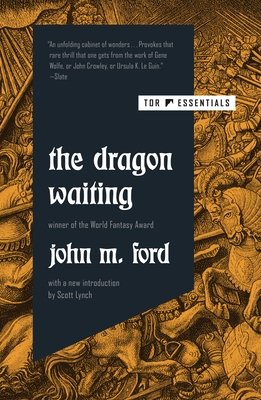 The Dragon Waiting by
The Dragon Waiting by 

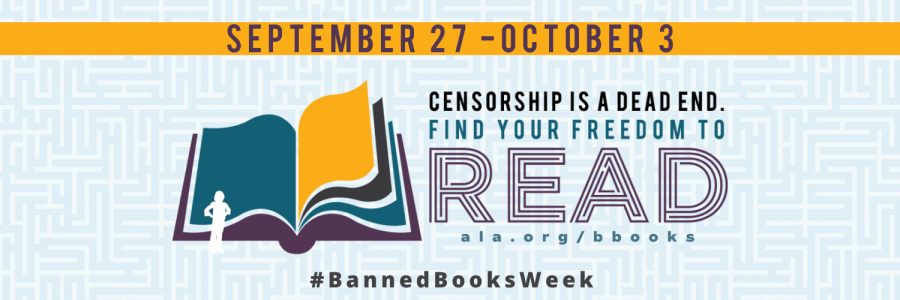
 Current Giveaways:
Current Giveaways: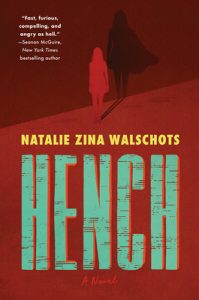 Blog Recap:
Blog Recap: Coming This Week:
Coming This Week:














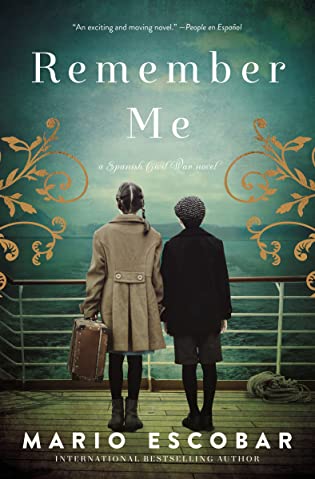 Remember Me: A Spanish Civil War Novel by
Remember Me: A Spanish Civil War Novel by 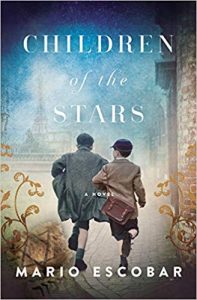 I picked this book up because I was moved by
I picked this book up because I was moved by 
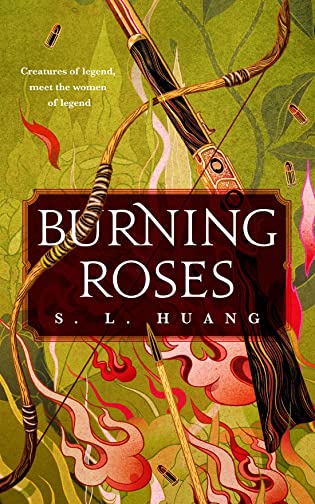 Burning Roses by
Burning Roses by 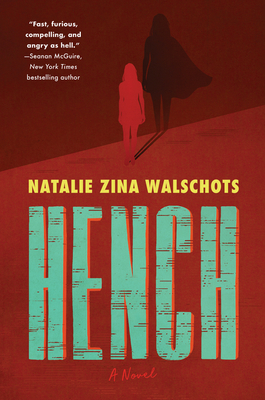 Hench by
Hench by 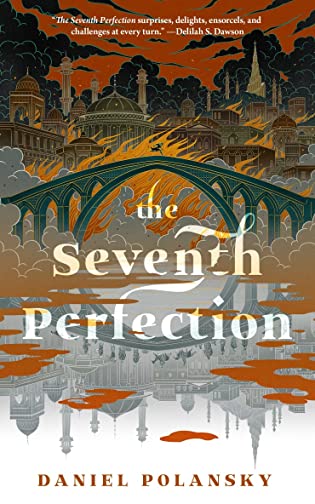 The Seventh Perfection by
The Seventh Perfection by 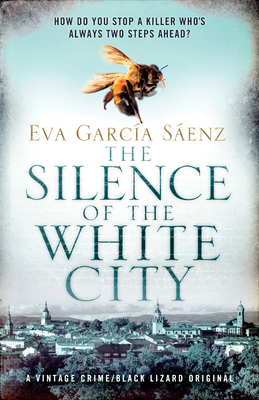 The Silence of the White City (Trilogy of the White City, #1) by
The Silence of the White City (Trilogy of the White City, #1) by  I loved this for its immersion in the life of a place and a culture that was completely new to me, while also surrounding me with all the familiar trappings of a police procedural. One that introduced me to the family of birth and choice that makes the best mystery series so compelling.
I loved this for its immersion in the life of a place and a culture that was completely new to me, while also surrounding me with all the familiar trappings of a police procedural. One that introduced me to the family of birth and choice that makes the best mystery series so compelling.